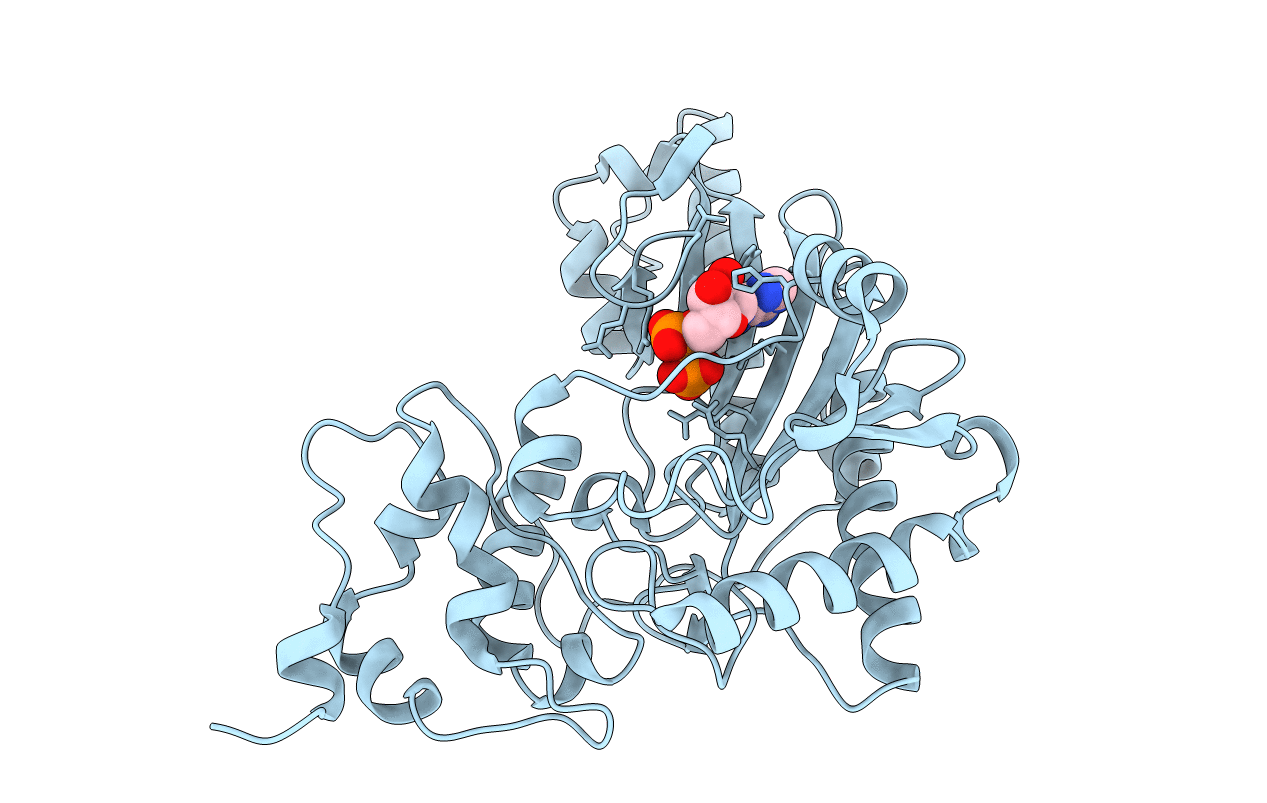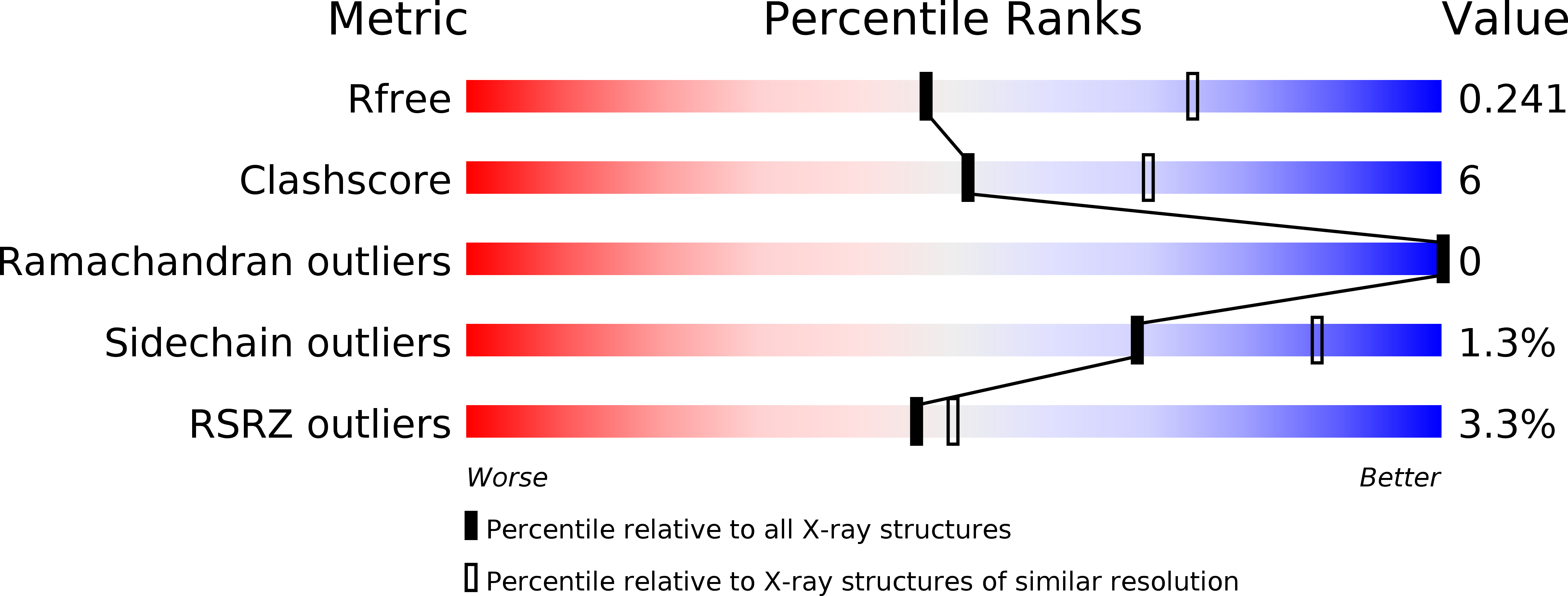
Deposition Date
2009-09-05
Release Date
2010-09-15
Last Version Date
2023-09-06
Entry Detail
PDB ID:
3JQ3
Keywords:
Title:
Crystal Structure of Lombricine Kinase, complexed with substrate ADP
Biological Source:
Source Organism:
Urechis caupo (Taxon ID: 6431)
Host Organism:
Method Details:
Experimental Method:
Resolution:
2.50 Å
R-Value Free:
0.25
R-Value Work:
0.17
R-Value Observed:
0.18
Space Group:
C 2 2 21


